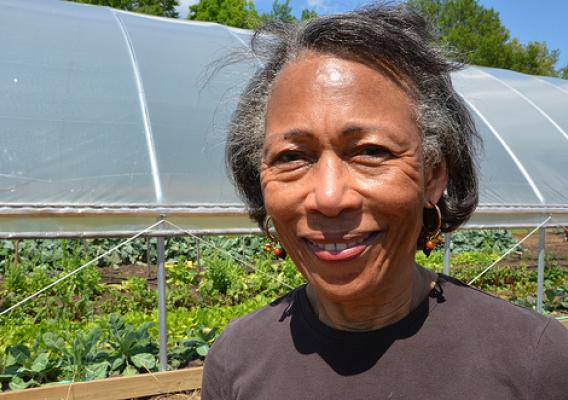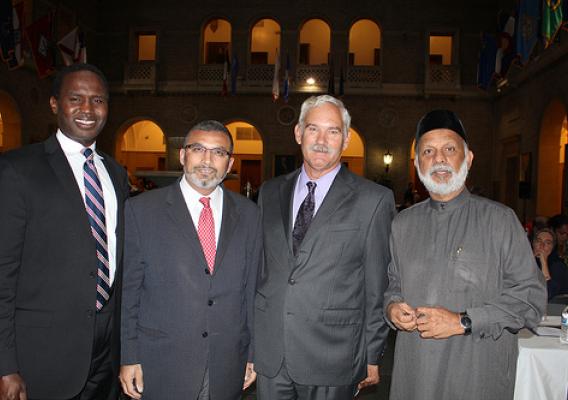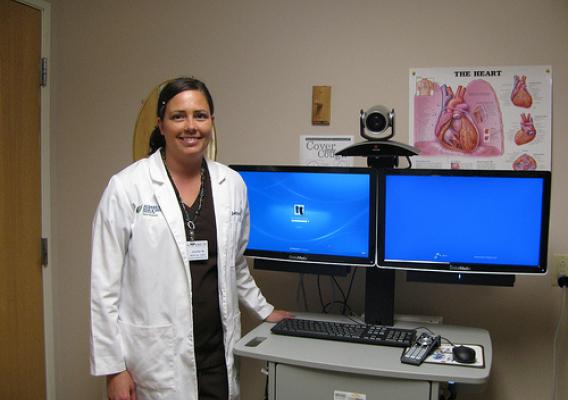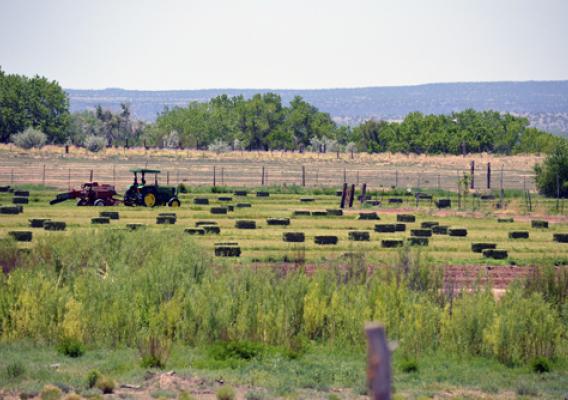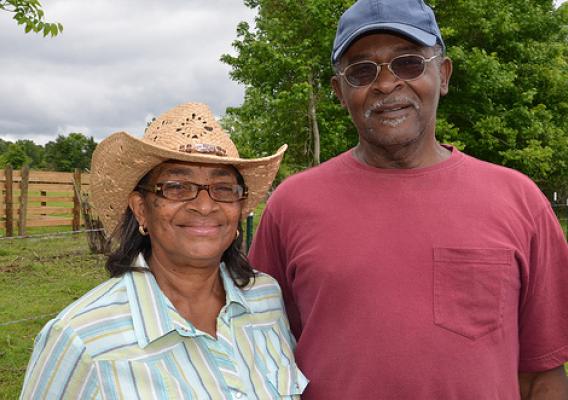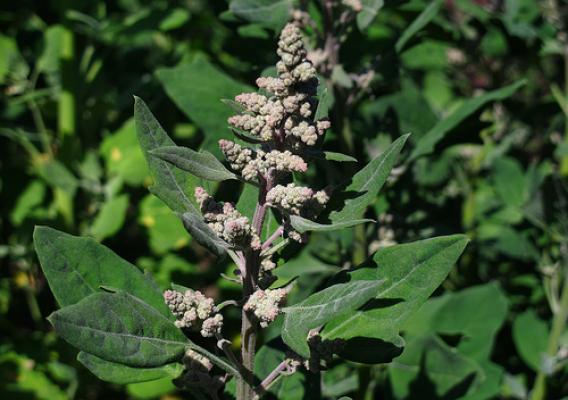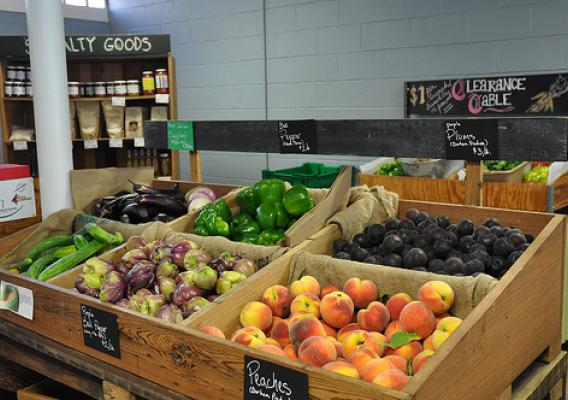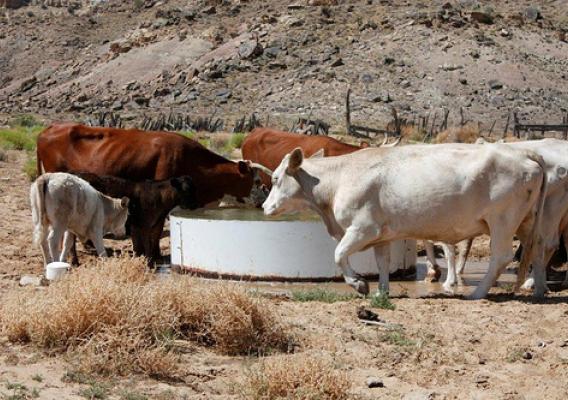As Hunger Action Month comes to a close, I am reminded of an employee event we held last month in honor of the Islamic holy month of Ramadan. For many followers of the Islamic faith, the month of Ramadan – known as a time of fasting and sacrifice – is also a time of reflection. As we deal with hunger and thirst from sunrise to sunset, we are reminded of those who deal with hunger – and poverty – every day. As we reflect on our spiritual responsibilities, we must also recall our obligation to help others in times of need. For Muslim employees of the U.S. Department of Agriculture (USDA), this holds especially true.
USDA touches the lives of every American. Our nutrition and food safety programs ensure that all America’s children have access to safe, nutritious, balanced meals, while our rural development programs promote prosperous, self-sustaining communities. Our conservation programs protect our national forests and private working lands, while our agricultural support programs promote American agriculture and biotechnology while increasing food security around the world.

